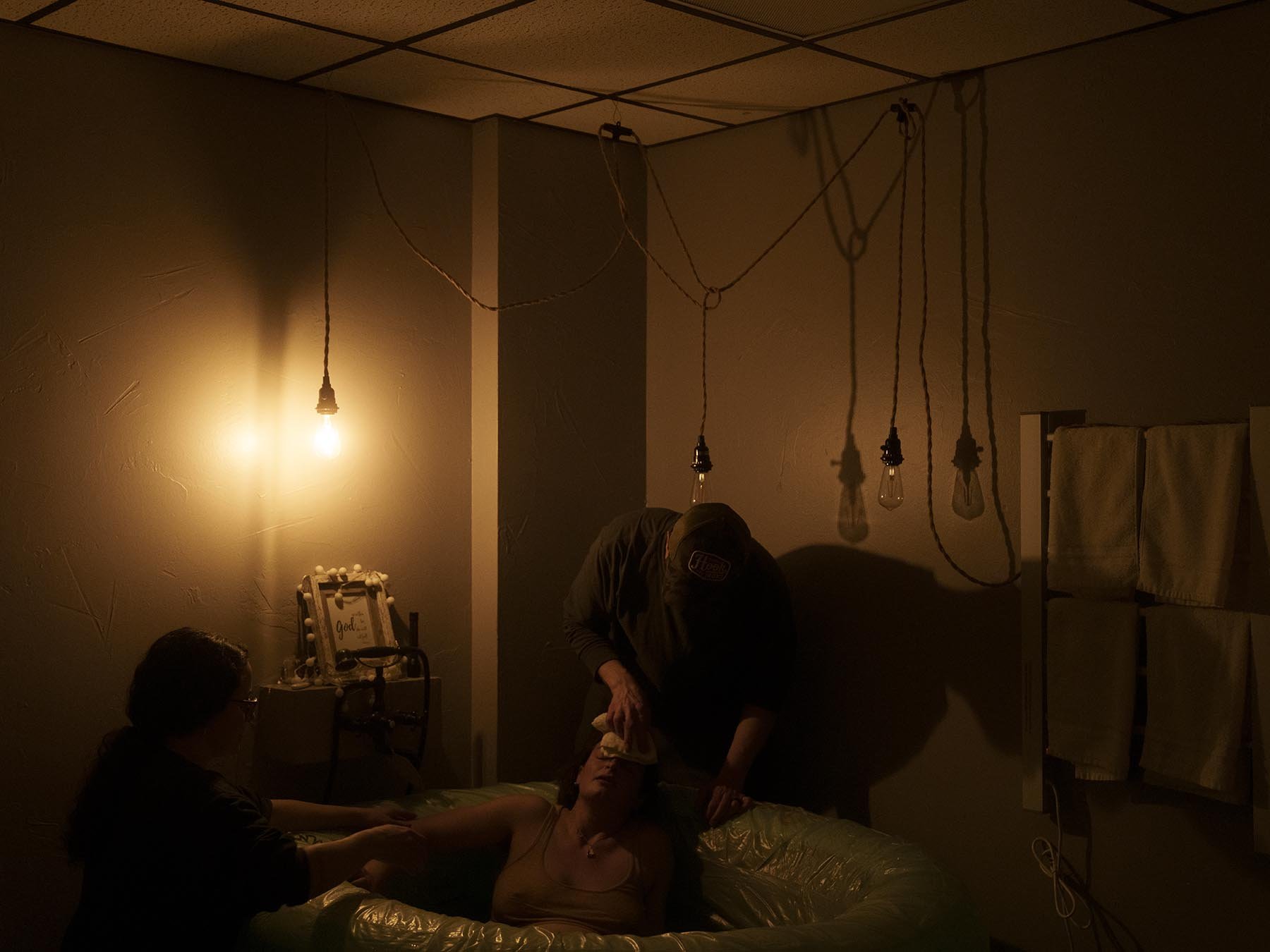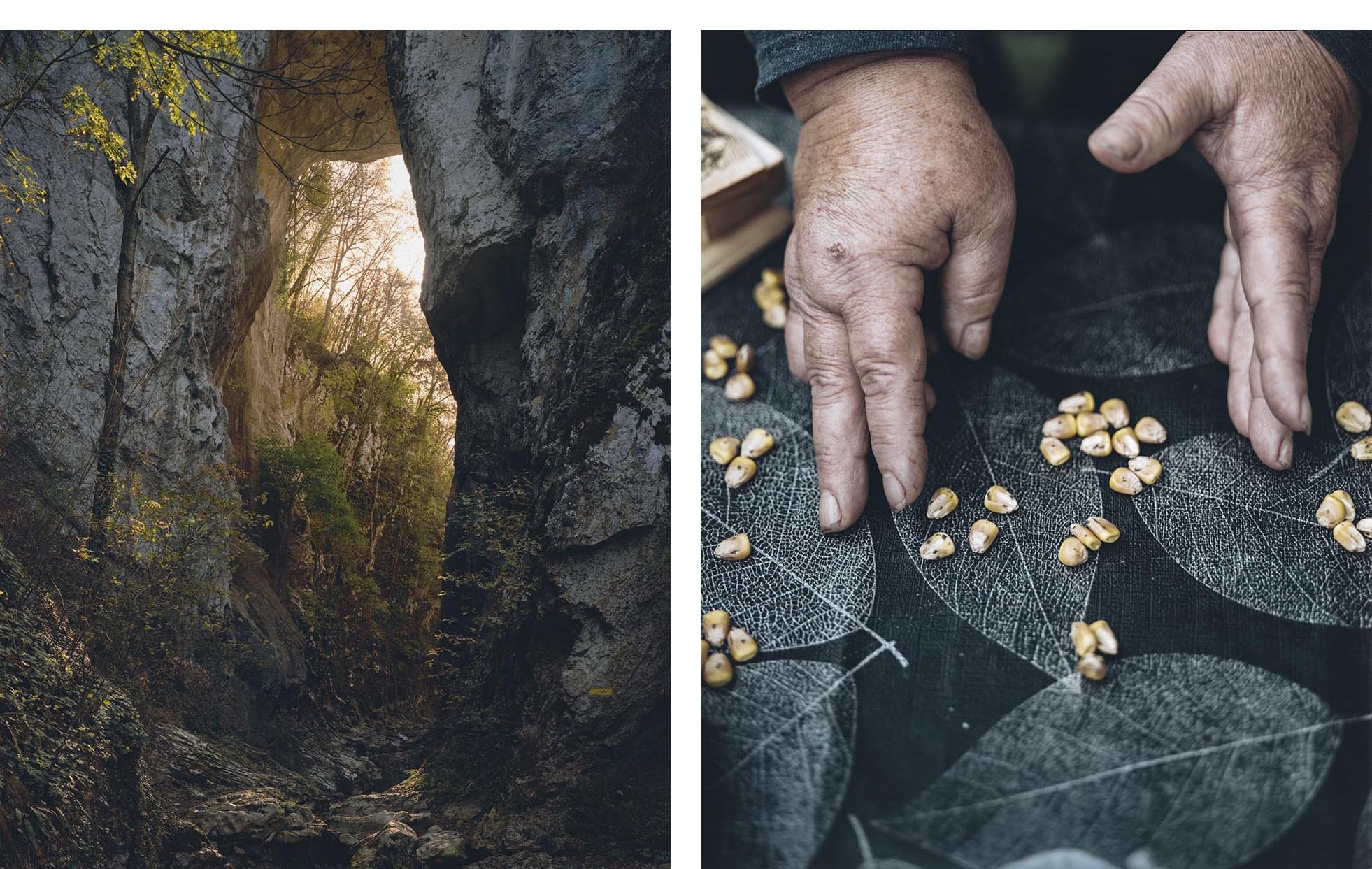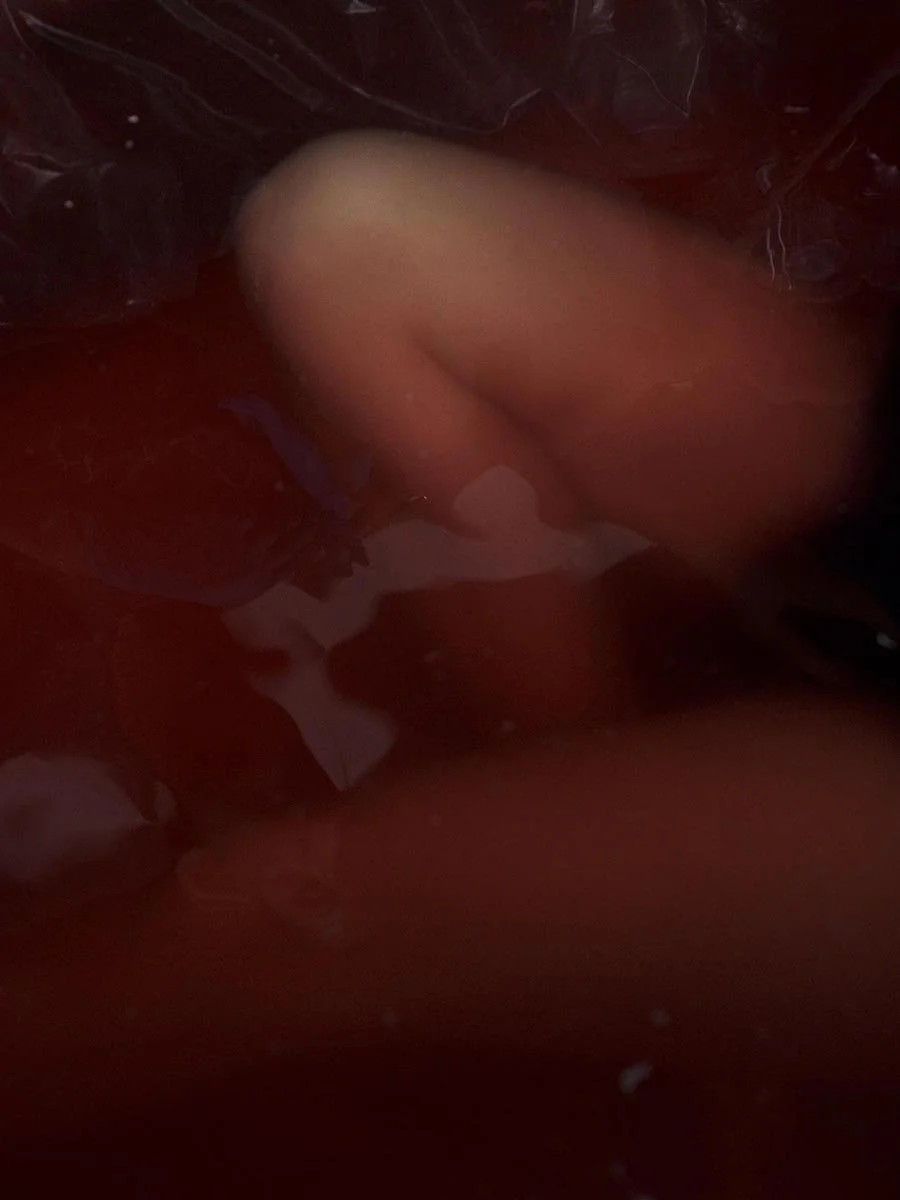THRUTOPIA
A COLLECTIVE PROJECT
“Despite the extreme challenges we face, in fact to put it more precisely, because of the extreme challenges we face, we could be on the cusp of a flourishing future if we imagine something other than dystopias and utopias... Thrutopia is about getting through what is coming responsibly, transformatively in the best way we can.” Rupert Read
In the near future, the ability of the living to overcome adversity has not prevented the collapse of the world. Taking this dystopian tale as its starting point, this group exhibition invites visitors to explore recent and previously unpublished photographic works by the international INLAND cooperative. The installation highlights creative initiatives of resistance and perseverance in a context where climate disruption remains unchecked, environmental pollution worsens, and fundamental freedoms are in decline. Through three acts, a prologue, and an epilogue, the authors remind us that in times of great upheaval, the worst is never a certainty. The first act tells the stories of those who challenge pollution, revive the memory of landscapes, and protect biodiversity. The second portrays radiant heroines—whistleblowing sirens who refuse to be victimized, who learn a trade, heal, or safeguard a river. Finally, images of Kurds returning to their villages, dragons awakening in Serbia, and the cultural resistance of Uyghurs in Kazakhstan narrate the reclaiming of land and identity. As an epilogue the oldest trees stand tall in a twilight American landscape.
«REGISTRY FOR THE FUTURE»
In a near future, on a planet ravaged by the catastrophic consequences of climate change and a nuclear holocaust, a team of scientists uncovers a time capsule. These striking images of everyday tools and artifacts serve as the opening to the exhibition, offering an unconventional invitation to journey through the prism of our contemporary reality.
Phyllis B. Dooney. (United States)
«SPARKLING HEROINES, WHISTLEBLOWING SIRENS»
Choosing not to be victimized, claiming ownership of one’s body, learning a trade, and committing to caring for others or protecting a river.
In Albania, the Vjosa River, long threatened by hydroelectric dam construction, was finally protected as a national park in 2023, a status already challenged by the Albanian Prime Minister and the perpetuation of profitable activities: gravel extraction, deforestation, oil sands mining.... Drawing from local mythology, Mathias Zwick questions the relationship between humans and nature through the lens of impossible love.
Mathias Zwick. (Albania)
Jana Margarete Schuler. (Mexico)
The border city of Ciudad Juárez in northern Mexico has one of the highest femicide rates in the world. But a group of women in glittering costumes are taking a stand against the victimization of women. As wrestlers, they use the cultural heritage of Lucha Libre and fight against social oppression.
Romain Philippon. (Reunion Island)
Here, half the island’s population lives below the poverty line with nearly 40% under 25 unemployment. Romain Philippon explores the lives of young people undergoing professional training as an alternative to traditional education, offering insights into their personal and socio-economic struggles and aspirations.
«TO DEFY ECOLOGICAL BREAKDOWN, TO REKINDLE MEMORIES OF THE LANDSCAPE»
Understanding what threatens the soils, forests, and waterways, and documenting the initiatives for decontami- nation, rehabilitation, and the protection of biodiversity.
Hidden beneath the surface, landfills stretch across our landscape — relics of consumption, storing the remnants of decades. In the Flemish landscape, among the remains of household and industrial pollution, a fragile tension reveals itself between contamination and the search for renewal.
Tjorven Bruyneel. (Belgium)
The series explores Shifting Baseline Syndrome - the phenomenon of an adjustment in what is perceived as “normal” or “natural” with regards to nature and ecosystems. Each new generation generally accepts their specific environmental conditions as a new baseline, unaware of the profound changes and losses that have occurred over time.
Polly Tootal. (United Kingdom)
The project explores the fragility of Central Europe’s largest and best-preserved natural river network: a 700 km green belt known as the “Amazon of Europe,” surrounding the Mura, Drava, and Danube rivers, spanning Aus- tria, Slovenia, Croatia, Hungary, and Serbia, and recently recognized by UNESCO.
Matjaž Tančič. (Central Europe)
«RECLAIMING ONE’S LAND AND REVIVING ONE’S CULTURE»
Returning to one’s homeland and identity, transforming the relationship with the land, and drawing inspiration from the oldest plant organisms in the world.
Patrick Wack. (Kazakhstan)
Following on from his work on the Uyghur region of China, which is undergoing rapid Sinicization - re-education camps, closure or destruction of places of worship, constant surveillance of the population - Patrick Wack is now documenting the daily life of the largest Uyghur diaspora, that of Kazakhstan. He is trying to understand its future and the responsibility it now bears in preserving the identity and culture of the Uyghur people.
In Serbian folklore, dragons are both guardians of treasures and destructive forces. This series explores the environmental issues surrounding the Bor mines, a region where industrial pollution severely affects mining villages. Among these villagers, some miners see themselves as dragon hunters. Their struggle against the mines and the «dragons caves» symbolizes resistance against ecological impacts and their deep connection to the land.
Cyril Abad. (Serbia )
Jef Bonifacino. (United States)
This series covers a period of time from the extinction of the dinosaurs to the present day, in order to put our current era, the Anthropocene, into perspective. The series combines symbolic landscapes of the past with contemporary realities, documenting vanished eras, extinct or endangered species, as well as those that endure despite time or human influence.
PARTNERS:






























